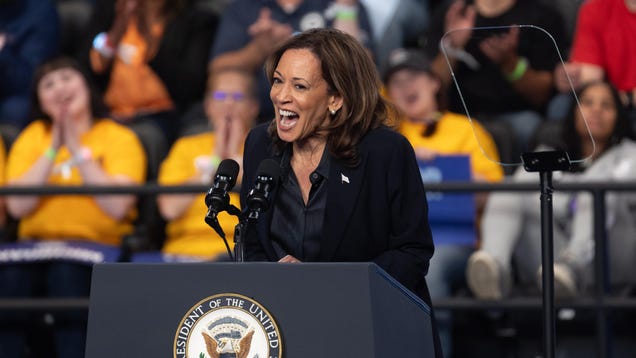Understanding the Unique Challenges of Formula 1 in the U.S. Market
The world of Formula 1 racing is a spectacle that captivates millions globally, but its integration into the American sports landscape presents unique challenges. From inconvenient race times to soaring ticket prices, the sport’s appeal in the U.S. is tested in ways that differ from its traditional strongholds in Europe and Asia. This article delves into the specific concerns American fans face and explores how these challenges impact the growth of Formula 1 in the United States.
Navigating Inconvenient Race Times
One of the primary hurdles for American Formula 1 fans is the timing of races. Many events are scheduled to accommodate European audiences, often resulting in early morning broadcasts in the U.S. This scheduling can deter casual viewers who may not be willing to wake up at dawn to catch a race. According to a survey conducted by the Sports Business Journal, nearly 60% of American fans expressed frustration over race times that conflict with their daily routines.
To address this concern, Formula 1 has begun experimenting with race schedules that cater more to North American audiences. The recent addition of the Las Vegas Grand Prix, held in the evening, is a testament to this shift. However, the challenge remains to find a balance that satisfies both traditional fans and new audiences.
The Impact of Ticket Prices on Fan Engagement
Another significant barrier for American fans is the high cost of attending races. Ticket prices for Formula 1 events in the U.S. have skyrocketed, often reaching thousands of dollars for premium seating. A recent analysis by the International Ticketing Association revealed that ticket prices for major sporting events in the U.S. have increased by an average of 30% over the past five years, with Formula 1 events often leading the pack.
This financial barrier can alienate potential fans, particularly younger audiences who may not have the disposable income to invest in such experiences. To foster a more inclusive environment, Formula 1 could consider implementing tiered pricing structures or offering more affordable viewing options, such as general admission tickets.
The Role of Celebrity Influence
Despite these challenges, the dedication of American fans remains unwavering. High-profile endorsements, such as Vice President Kamala Harris expressing her enthusiasm for the sport, highlight the growing interest in Formula 1 among influential figures. This visibility can play a crucial role in attracting new fans and legitimizing the sport within the American cultural landscape.
Moreover, celebrities attending races or participating in promotional events can enhance the sport’s appeal. For instance, the recent collaboration between Formula 1 and popular streaming platforms has allowed fans to engage with the sport in innovative ways, such as behind-the-scenes content and exclusive interviews with drivers. These initiatives can help bridge the gap between traditional motorsport enthusiasts and a broader audience.
Exploring the Future of Formula 1 in the U.S.
As Formula 1 continues to expand its footprint in the United States, addressing these challenges will be essential for its long-term success. The sport’s governing body must remain attuned to the needs and preferences of American fans, particularly as the landscape of sports consumption evolves.
Innovative marketing strategies, such as leveraging social media platforms and engaging with younger demographics, can help cultivate a new generation of fans. Additionally, enhancing the overall race-day experience—through improved accessibility, entertainment options, and fan engagement activities—can further solidify Formula 1’s place in the American sports arena.
In conclusion, while the journey of Formula 1 in the U.S. is fraught with challenges, the potential for growth is immense. By addressing race timing, ticket pricing, and leveraging celebrity influence, the sport can create a more inclusive and engaging environment for fans. As Formula 1 races into the future, its ability to adapt and innovate will determine its success in capturing the hearts of American audiences.

